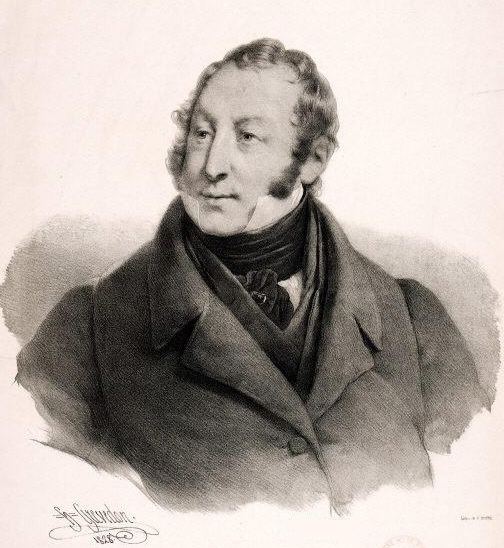 | ||
The William Tell Overture is the overture to the opera William Tell (original French title Guillaume Tell), whose music was composed by Gioachino Rossini. William Tell premiered in 1829 and was the last of Rossini's 39 operas, after which he went into semi-retirement, although he continued to compose cantatas, sacred music and secular vocal music. The overture is in four parts, each following without pause.
Contents
There has been repeated use (and sometimes parody) of parts of this overture in both classical music and popular media, most famously as the theme music for The Lone Ranger in radio, television and film. It was also used as the theme music for the British television series The Adventures of William Tell.
Franz Liszt prepared a piano transcription of the overture in 1838 (S.552) which became a staple of his concert repertoire. There are also transcriptions by other composers, including versions by Louis Gottschalk for two and four pianos and a duet for piano and violin.
Instrumentation
The overture is scored for: a piccolo, a flute, two oboes (first or second oboe doubles a cor anglais), two clarinets in A, two bassoons, four French horns in G and E, two trumpets in E, three trombones, timpani, triangle, bass drum and cymbals, and strings.
Structure
The overture, which lasts for approximately 12 minutes, paints a musical picture of life in the Swiss Alps, the setting of the opera. It was described by Hector Berlioz, who usually loathed Rossini's works, as "a symphony in four parts." But unlike an actual symphony with its distinct movements, the overture's parts transition from one to the next without a break.
Prelude, Dawn
The Prelude is a slow passage in E major, scored for five solo cellos accompanied by double basses. It begins in E minor with a solo cello which is in turn 'answered' by the remaining cellos and the double basses. An impending storm is hinted at by two very quiet timpani rolls resembling distant thunder. The section ends with a very high sustained note played by the first cello.
Storm
This dynamic section in E minor is played by the full orchestra. It begins with the violins and violas. Their phrases are punctuated by short wind instrument interventions of three notes each, first by the piccolo, flute and oboes, then by the clarinets and bassoons. The storm breaks out in full with the entrance of the French horns, trumpets, trombones, and bass drum. The volume and number of instruments gradually decreases as the storm subsides. The section ends with the flute playing alone.
Ranz des Vaches
This pastorale section in G major signifying the calm after the storm begins with a Ranz des Vaches or "Call to the Cows", featuring the cor anglais (English horn). The horn then plays in alternating phrases with the flute, culminating in a duet with the triangle accompanying them in the background. The melody appears several times in the opera, including the final act, and takes on the character of a leitmotif.
This segment is often used in animated cartoons to signify daybreak, most notably in Walt Disney's The Old Mill.
Finale, March of the Swiss Soldiers
The Finale, often called the "March of the Swiss Soldiers" in English, is in E major like the Prelude, but it is an ultra-dynamic galop heralded by trumpets and played by the full orchestra. It alludes to the final act, which recounts the Swiss soldiers's victorious battle to liberate their homeland from Austrian repression. Although there are no horses or cavalry charges in the opera, this segment is often used in popular media to denote galloping horses, a race, or a hero riding to the rescue. Its most famous use in that respect is as the theme music for The Lone Ranger, which usage to that end has become so famous that the term "intellectual" has been defined as "a man who can listen to the William Tell Overture without thinking of the Lone Ranger." The Finale is also quoted by Dmitri Shostakovich in the first movement of his Symphony No. 15.
